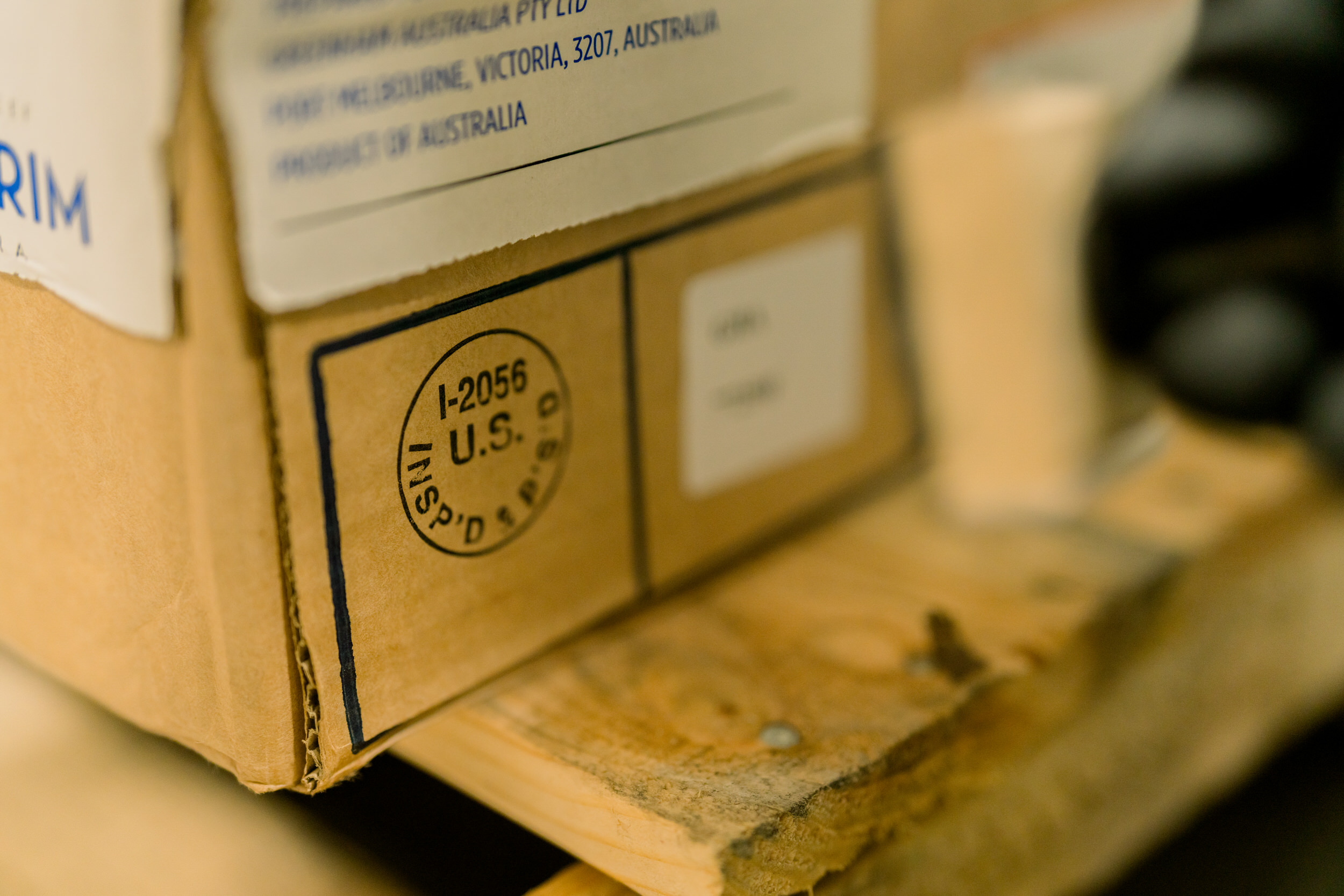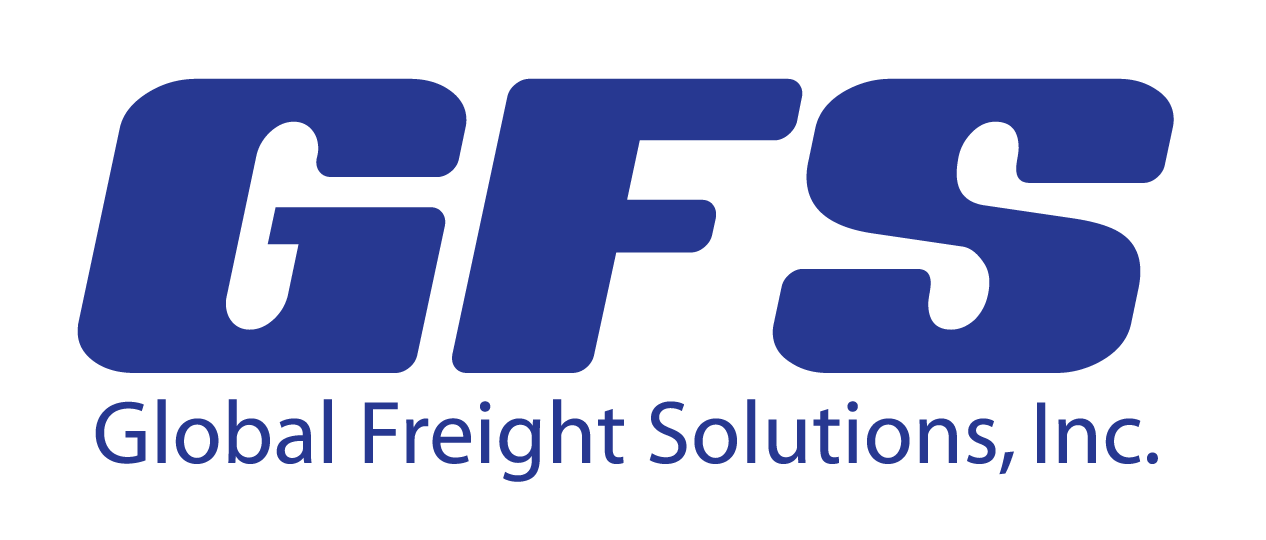THE USDA INSPECTION PROCESS, DEMYSTIFIED.
Have you ever wondered about how premium cuts of meat come from farms all the way in Japan, New Zealand, and Australia, to here at our tables in the USA? Well, there is an intricate maze of processes of the USDA’s Food Safety and Inspection Service (FSIS) Import House inspection process. It’s a vital step in ensuring the protein products we bring into the U.S. are safe, wholesome, and compliant with regulations. So, let’s dive in!
The Role of USDA FSIS in Import Inspection
The USDA FSIS is the guardian of the nation’s meat, poultry, and egg products. Their mission is to ensure these products are safe and accurately labeled. For us importers, this means our meat products must pass their rigorous inspection standards before they can grace American dinner tables.

Step-by-Step Guide to the Inspection Process
Here’s a breakdown of what you can expect during the FSIS Import House inspection process:
- Pre-Import Preparation: Before your shipment even leaves its country of origin, make sure you have all the necessary documentation, including a valid foreign inspection certificate and a detailed product list
- Application for Inspection: Upon arrival in the U.S., apply for inspection through the FSIS Automated Import Information System (AIIS). This is where you’ll provide all the details about your shipment.
- Document Review: FSIS will review your documents to ensure compliance with U.S. regulations. They’ll check everything from the exporting country’s inspection system to the accuracy of your product labels.
- Physical Inspection: If your documents are in order, your products will undergo a physical inspection. This might include visual examinations, sampling, and testing for pathogens and contaminants.
- Labeling Review: FSIS will also review your product labels to ensure they meet U.S. labeling requirements, including proper ingredient listing and nutrition information.
- Release or Rejection: Based on the inspection results, your products will either be released for distribution or rejected. If rejected, you’ll need to address the issues and reapply for inspection.

Why This Matters for Your Business
Compliance with FSIS regulations is not just a legal requirement; it’s also crucial for maintaining your reputation and ensuring consumer trust. A single slip-up can lead to product recalls, legal penalties, and damage to your brand.
Tips for a Smooth Inspection Process
To ensure a hassle-free inspection process, here are a few tips:
- Stay Informed: Keep up-to-date with the latest FSIS regulations and guidelines. The FSIS website is a treasure trove of resources and guidance documents.
- Be Prepared: Make sure all your documentation is accurate and complete before your shipment arrives in the U.S.
- Seek Expertise: Don’t hesitate to consult with experts or hire a compliance specialist to navigate the complexities of the FSIS inspection process.
Final Thoughts
Navigating the FSIS Import House inspection process can be daunting, but with the right preparation and knowledge, it’s a manageable journey. Remember, it’s all about ensuring the safety and quality of the meat products we bring to the American market. So, let’s embrace the process and uphold the highest standards of food safety!
For more information on FSIS import inspection procedures, you can visit the FSIS Import & Export page. For detailed guidance on labeling requirements, you can refer to the FSIS Labeling Policies and Procedures page for comprehensive information.

